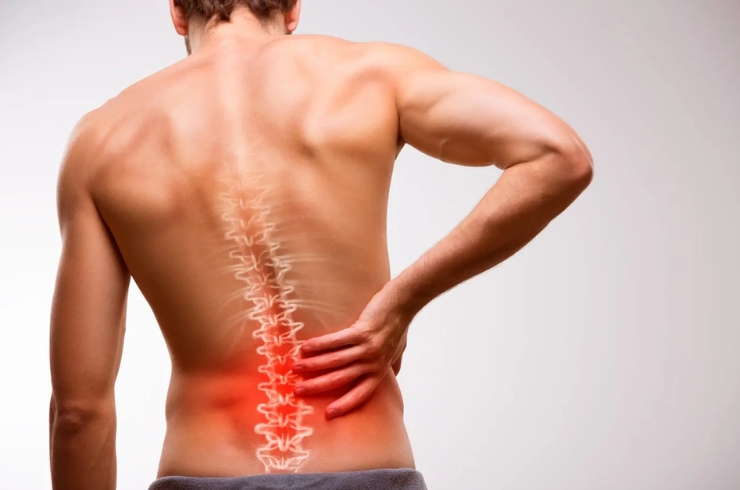
Understanding the Root Causes of Back Pain
Back pain is a prevalent yet debilitating condition affecting millions worldwide, often stemming from a complex interplay of lifestyle habits, musculoskeletal imbalances, and degenerative disorders. Poor dietary choices, sedentary living, obesity, smoking, and chronic stress contribute to systemic inflammation, accelerating cartilage degeneration and impairing spinal health. This inflammatory cascade weakens muscles, reduces spinal circulation, and leads to persistent discomfort. Beyond these primary causes, secondary factors such as muscle spasms, ligament laxity, and tendon tension exacerbate the issue. Postural misalignment due to prolonged sitting, improper sleeping positions, and poor ergonomics further strain the spine, precipitating chronic pain. Additionally, structural abnormalities like scoliosis, osteoarthritis, and rheumatoid arthritis cause progressive joint deterioration, while injuries from falls, sports activities, or accidents can lead to fractures, nerve compression, and reduced mobility. Identifying and addressing these underlying causes is crucial for effective, long-lasting relief from back pain.
Symptoms and the Progressive Nature of Slip Disc (PIVD)
Back pain manifests through a spectrum of symptoms, from localized discomfort to radiating pain affecting the limbs, often accompanied by numbness, tingling, or muscular weakness. A particularly severe manifestation of spinal disorders is Prolapsed Intervertebral Disc (PIVD), commonly referred to as a slipped disc. This occurs when the soft, gel-like nucleus of a spinal disc protrudes through its tough outer layer, impinging on nearby nerves and causing excruciating pain. PIVD typically affects the cervical and lumbar spine due to excessive mechanical stress and age-related degeneration. The condition progresses through four distinct stages—initial disc degeneration, followed by protrusion, extrusion, and ultimately sequestration, where disc material displaces entirely, severely impacting nerve function. If left untreated, this condition can significantly impair movement, limit flexibility, and reduce quality of life. Early diagnosis and intervention are essential to prevent further deterioration and restore spinal integrity.
Holistic Treatment: A Drug-Free, Restorative Approach
The key to effective back pain management lies in a holistic, non-invasive therapeutic approach that corrects musculoskeletal imbalances, enhances spinal alignment, and promotes natural healing. Detoxification, decongestion, metabolic optimization, and cellular rejuvenation form the foundation of this treatment philosophy. By alleviating chronic muscle spasms and tendon tension, spinal curvature is restored, allowing for optimal posture and movement. Advanced spinal decompression techniques facilitate the retraction of herniated discs, relieving nerve compression and enhancing flexibility. Nutritional optimization, combined with targeted therapies such as Marma manipulation and VOGLA (Vital Organs, Glands, and Lymphatic Activation), accelerates tissue regeneration and strengthens the body’s natural defense mechanisms. This drug-free, pain-free modality is suitable for all age groups, offering benefits beyond pain relief, including improved digestion, weight management, enhanced sleep quality, and the reversal of lifestyle disorders like diabetes and autoimmune conditions. By addressing the root cause of back pain rather than merely masking symptoms, holistic therapy empowers individuals to reclaim mobility, vitality, and overall well-being.
